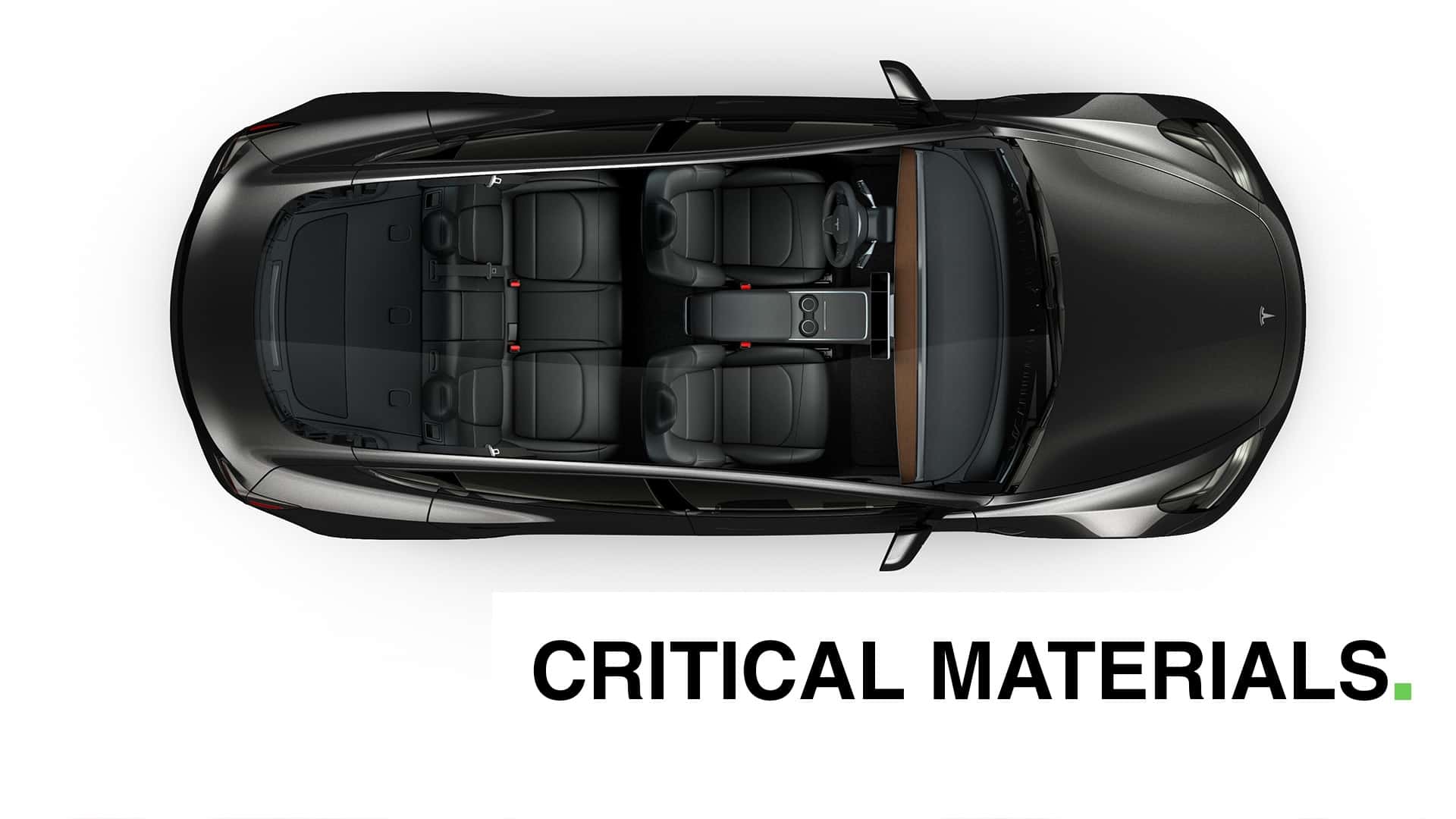
20240416 – Critical Materials Tesla Overhead Hero
Plus, Nissan’s manufacturing and battery tech gets a big overhaul, and Tesla strikes a deal with Tata.
There are no true fully self-driving cars for sale today. Those on the road are operated by robotaxi fleet providers like Waymo, Cruise, Zoox, and other large companies piloting the program in select markets. Yet, somehow, Tesla plans to reveal its own robotaxi later this month.
Welcome to Critical Materials, your daily roundup for all things EV and automotive tech. Today, we’re talking about Tesla’s self-driving robotaxi ambitions, Nissan’s tech advancements, and Telsa’s new deal with Tata. Let’s jump in.
30%: Tesla Wants To Pivot To Robotaxis. It Still Won’t Answer One Key Question
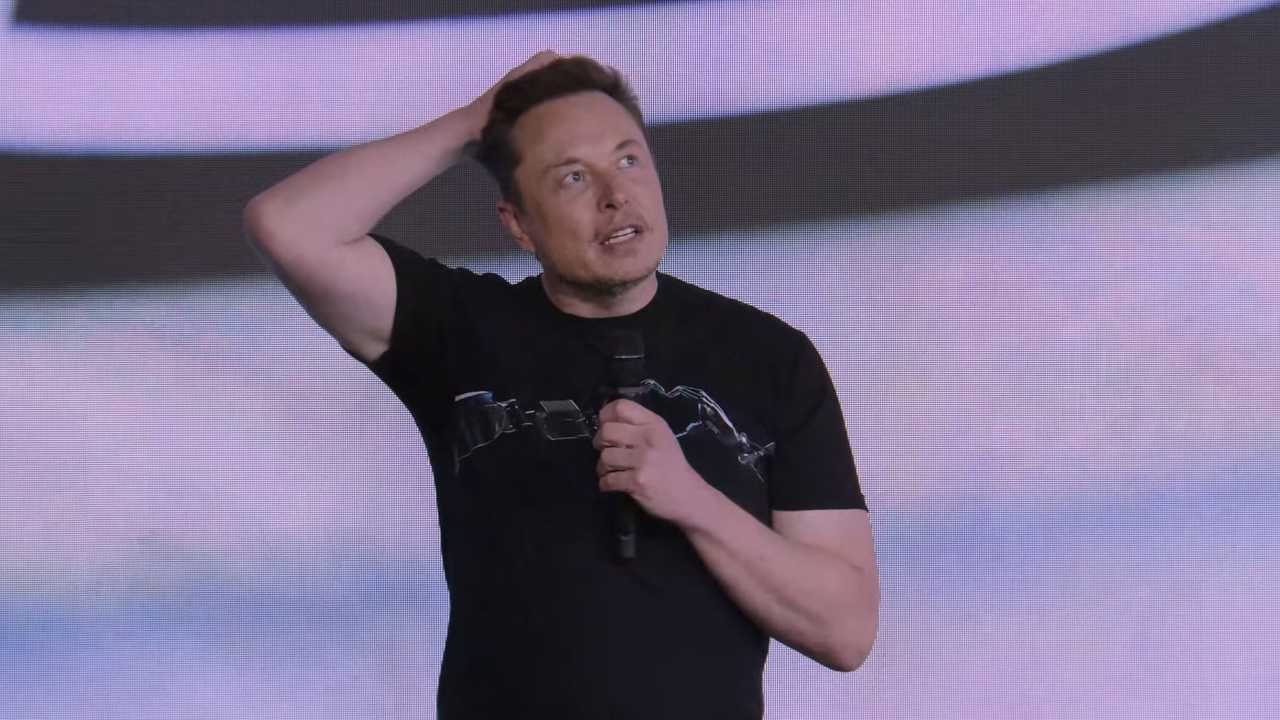
Elon Musk at Tesla’s Shareholders Meeting at Texas Gigafactory
Elon Musk once claimed that Tesla could have a million robotaxis on the road by the end of 2020. Nearly three years later, the automaker is still working to achieve that goal. Amid disputed rumors that Tesla has abandoned its plans for a $25,000 electric car, Musk now says that Tesla plans to reveal its long-awaited robotaxi in August.
Critics are skeptical, however, as Tesla has yet to solve the problem of self-driving even in the cars already for sale on the road today. This is despite these vehicles having hardware “capable” of Full Self-Driving since 2016 and refreshing the hardware to its current version, HW4, last year. All signs point to either the software aspect, which Musk previously attributed to compute-limited training restraints, or lack of advanced hardware like Lidar—which Musk called a “crutch” in 2019.
It’s now 2024 and Tesla is still struggling to solve the problem it has been working tirelessly to solve for nearly a decade. It’s getting better, though, even if its cars are jumping a few curbs. The automaker recently took its Full Self-Driving software out of beta, renaming it “Full Self-Driving (Supervised).”
The name change seems like an oxymoron—how can something be both fully autonomous and require supervision at the same time? FSD was never fully autonomous, and Tesla, as Tesla told the California DMV over email, it was always a Level 2 driver assistance feature despite controversial branding. To top it all off, Tesla has racked up zero miles testing autonomous vehicles in California in 2023, so how can the automaker be ready to reveal a robotaxi in just four short months with seemingly no on-road testing?
This has led critics to doubt Tesla, and Musk’s, credibility on its self-driving claims. During Tesla’s third-quarter earnings call in 2023, the automaker was grilled on whether or not it planned to accept legal liability for FSD like Mercedes-Benz said it would for its Level 3 system just months earlier.
Musk deflected the question:
Well, there’s a lot of people that assume we have legal liability judging by the lawsuits. We’re certainly not being let that off the hook on that front whether we’d like to or wouldn’t like to do.
Another company spokesperson propped up FSD, noting that the operational design domain of Tesla’s system (which is virtually any marked road) is far broader than Mercedes’ Drive Pilot, which is only certified to drive on most major freeways in California and some of Nevada.
Bryant Walker Smith, an associate professor of law at the University of South Carolina who is proficient with automated driving regulations, says that the red line is whether or not Tesla will assume full liability when its cars are being operated autonomously:
Unless Tesla says humans do not have to pay attention and humans are not driving and humans are not responsible for what happens when they’re not driving and when they’re not paying attention, then Tesla does not have self-driving.
It’s worth noting that just because Tesla plans to unveil a robotaxi this year doesn’t mean it will be released any time soon. Assuming the robotaxi has no more advanced hardware than any of Tesla’s current vehicles, the current public preview of Tesla’s autonomous capabilities calls for more improvements before a driverless car can truly hit the streets. And, of course, Tesla must finally face the question of legal liability if nobody is behind the wheel.
60%: Nissan Picks Up Gigacasting and Solid-State Batteries
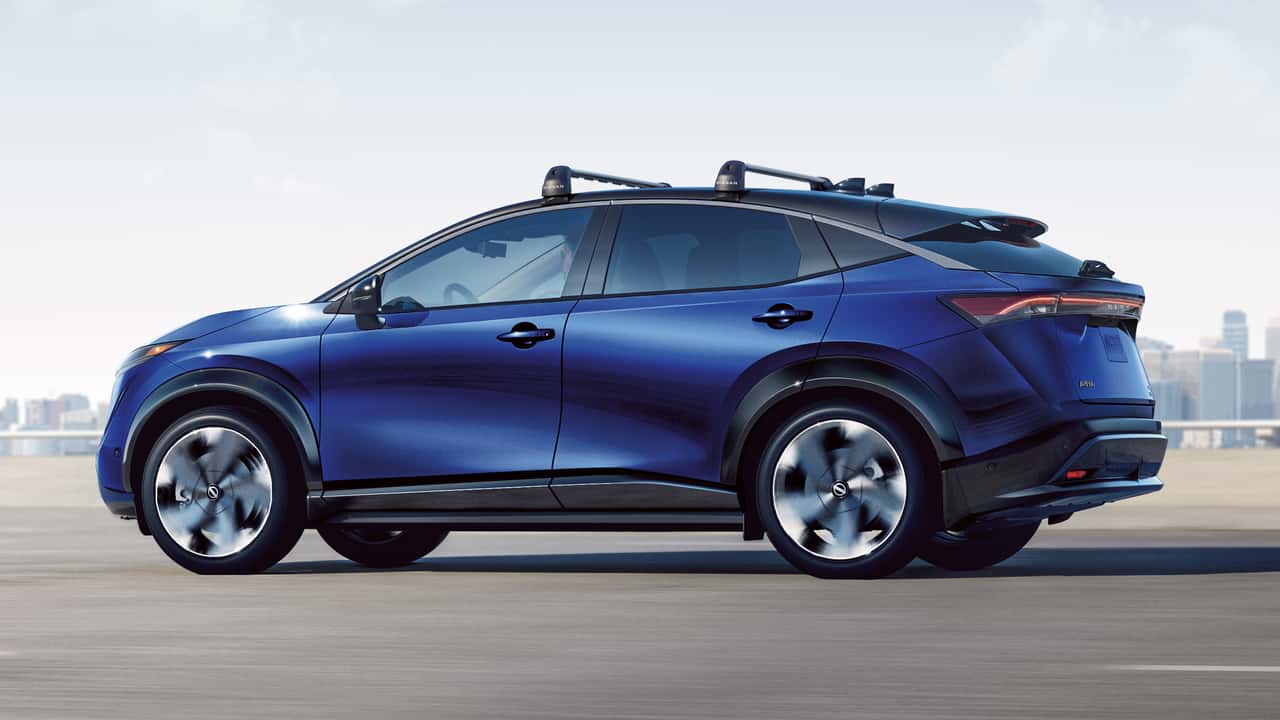
2024 Nissan Ariya
Nissan is currently living in its “game changer” era, or at least that’s what the automaker claims with the production of its new solid-state battery pilot plant and move towards Tesla-inspired gigacasting production methods.
Let’s start with the big news: Nissan is about to produce solid-state batteries for its next-generation EVs. According to Nissan, it has decided to repurpose an old manufacturing building on its Yokohama compound specifically to pump out its first solid-state batteries in March 2025 as part of a $1.2 billion investment into its new battery tech.
Now, this will be more of a pilot program with the overall capacity of cell production being in the tens of thousands, meaning it will produce enough battery capacity for a handful of prototype vehicles. That volume will scale, though. The program is positioned to expand its capacity to about 100 megawatts per year, or somewhere in the neighborhood of 1,000 to 2,000 EVs.
By the end of March 2027, Nissan says it plans to start testing these batteries on the road. And by March 2029, the automaker aims to have the batteries powering a production EV.
It would appear that this timeline also coincides with Nissan’s plans to join other automakers in using Tesla-style gigacasting for its vehicles beginning in 2027.
The process is similar to die-casting, which Nissan has used to build smaller automotive components for over a decade. With more than 6,000 tons of force, molten metal is forced into molds that cast the entire underside of a vehicle in one piece. Nissan says that this method will cut manufacturing costs by around 10%, ultimately allowing it to achieve EV prices closer to gas-powered equivalents.
90%: Tesla and Tata Strike Up a Deal
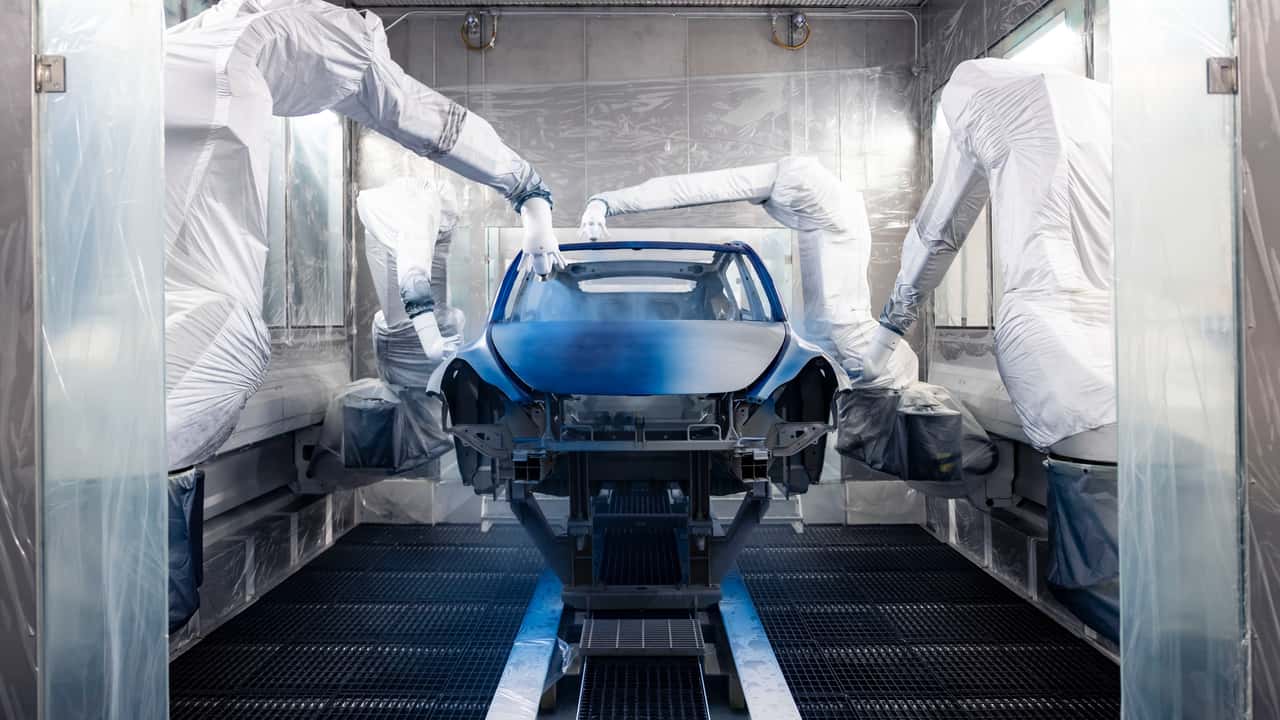
Tesla Giga Texas
Tesla has reportedly inked a deal with India-based Tata Electronics to produce semiconductor chips for its Gigafactories around the globe.
According to The Economic Times, the deal was silently executed several months ago— when rumors of a potential Tesla factory being built in India began to form.
The deal with Tata could be the result of Tesla’s recent supply chain penny-pinching, or perhaps it’s looking to build greater resiliency by utilizing several markets for manufacturing parts following Covid-era supply issues.
Either way, semiconductor shortages have been a major concern to global companies. The U.S. government even announced the intention to provide $39 billion in incentives for new stateside semiconductor fabrication sites to reduce supply issues for domestic manufacturers in the future.
CEO Elon Musk is headed to India next week to meet with Prime Minister Narendra Modi. Expected to be discussed is Tesla’s potential $3 billion investment in an India-based Gigafactory, which Tesla is rumored to be actively scouting locations for this month. India has become an attractive manufacturing location for competing EV manufacturers like BYD and VinFast, especially as the government recently agreed to lower import tariffs from as high as 100% to just 15% if automakers build local factories.
Analysts previously expected India to be a global export hub for Tesla’s $25,000 EV. However, it’s disputed whether or not Tesla is focusing on the rumored vehicle at the moment, or if it’s shifting its efforts towards robotaxis.
100%: Is Nissan headed on the right track?
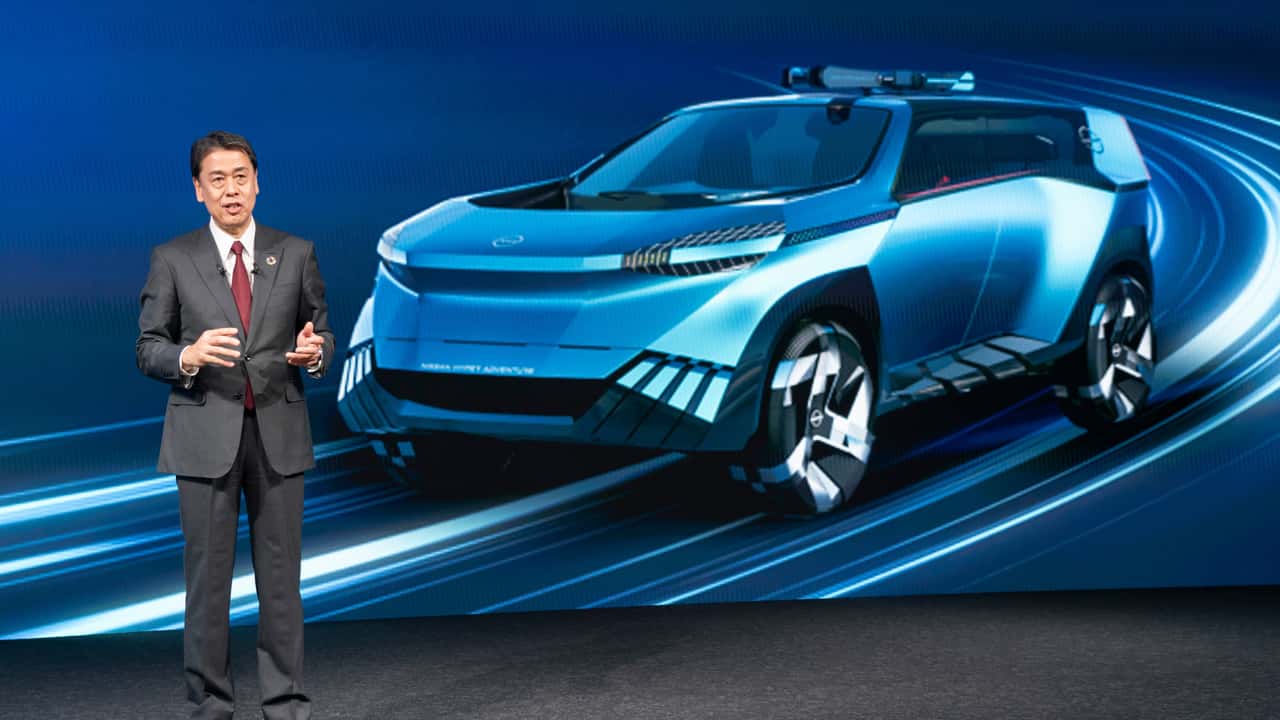
Nissan The Arc
Not long ago, Nissan dealerships were referring to the brand as the “Bargain Basement” of auto manufacturers. But with big manufacturing and tech advancements on the horizon, that could change.
Nissan isn’t exactly seen as the pinnacle of EV innovation like it once was with the Leaf—especially with the only modern EV being the Ariya (which isn’t selling that well). But that’s going to change. Nissan says that by late 2026 it will have 30 new models, 16 of which are electrified.
As noted earlier, Nissan’s wave of new manufacturing techniques and next-gen batteries is important to its future. Could it also be the company’s next big push?
News Related-
AWS and Clarity AI to use generative AI to boost sustainable investments
-
Ref Watch: 'Enough' of a foul to disallow Man City goal vs Liverpool
-
Day in the Life: Ex-England rugby star on organising this year's Emirates Dubai Sevens
-
Pandya returns to MI, Green goes to RCB
-
Snowstorm kills eight in Ukraine and Moldova, hundreds of towns lose power
-
‘This is why fewer Sikhs visiting gurdwaras abroad’: BJP after Indian envoy heckled in Long Island
-
Inside a Dubai home with upcycled furniture and zero waste
-
Captain Turner aims for Pitch 1 return as JESS bid to retain Dubai Sevens U19 crown
-
No Antoine Dupont but Dubai still set to launch new era for sevens
-
Why ESG investors are concerned about AI
-
Your campsite can harm the environment
-
Mubadala, Saudi Fund deals on US radar for potential China angle
-
Abu Dhabi T10 season seven to kick off with thrilling double-header
-
Eight climate fiction, or cli-fi, books to consider before Cop28
